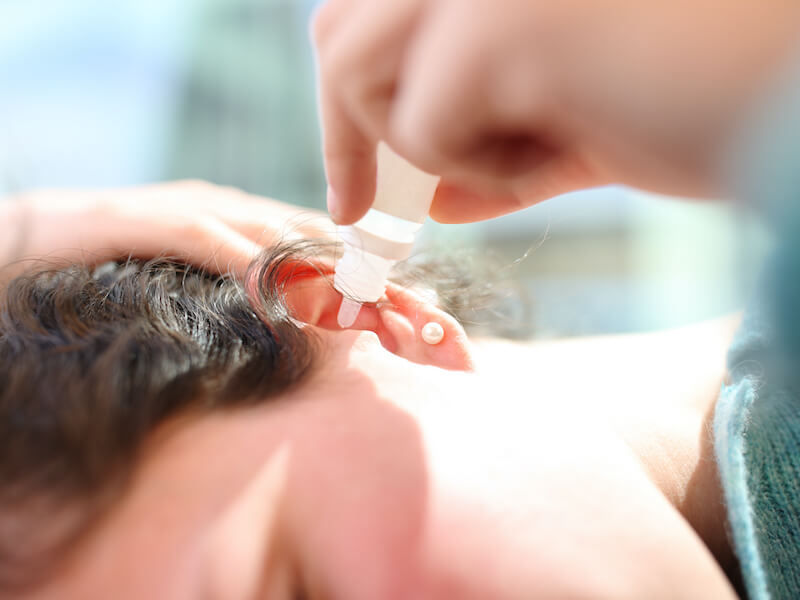
When you take a shower, always remember to wash your ears. It’s hard not to say that in your “parenting” voice. Maybe you even recall getting that advice as a kid. As you get wrapped up in past nostalgia, that kind of memory can take you back to simpler times.
But it’s also excellent advice. Out-of-control earwax accumulation can cause a substantial number of problems, especially for your hearing. Still worse, this organic substance can harden in place making it difficult to clean out. In other words, the cleaner you keep your ears, the better off you’ll be.
Excessive earwax? Eww!
Earwax is, well, kind of gross. And we’re not going to try to change your mind about that. But it is actually essential for the health of your ears. Earwax is made by glands inside of your ears and is then pushed out when you chew in order to keep your ears free of dust and dirt.
Essentially, the correct amount of earwax can help keep your ears healthy and clean. However counterintuitive it seems, the truth is that earwax itself is not a sign of poor hygiene.
The troubles start when your ears generate too much earwax. And, understandably, it can sometimes be a bit challenging to tell when a healthy quantity of earwax begins to outweigh its advantages (literally).
What does excess earwax do?
So, what develops as a consequence of excess earwax? Earwax that gets out of hand and, over time, accumulates, can lead to several issues. Here are a few:
- Tinnitus: Tinnitus is a condition where you hear a phantom buzzing or ringing in your ears. Tinnitus symptoms can appear or get worse when earwax accumulates inside your ear.
- Earache: One of the most common signs of accumulated earwax is an earache. It doesn’t have to hurt too much (though, sometimes it can). This typically occurs when earwax is causing pressure in places where it shouldn’t be.
- Dizziness: Your ability to manage balance depends greatly on your inner ear. You can suffer from episodes of dizziness and balance issues when your inner ear is having trouble.
- Infection: Infections can be the outcome of excessive earwax. If fluid accumulates, it can become trapped behind impacted earwax.
This list is only the beginning. Headaches and discomfort can occur because of uncontrolled earwax accumulation. Excess earwax can interfere with the functionality of hearing aids. So too much earwax might make you think your hearing aids are having problems.
Can your hearing be impacted by earwax?
Well, yes it can. One of the most typical issues connected with excess earwax is hearing loss. Normally causing a form of conductive hearing loss, earwax accumulates in the ear canal, stopping sound waves and vibrations from getting very far. Your hearing will typically return to normal after the wax is cleaned out.
But if the buildup becomes severe, long term damage can occur. The same goes for earwax-caused tinnitus. It’s typically temporary. But the longer the excess earwax hangs around (that is, the longer you disregard the symptoms), the greater the danger of long-term damage.
Prevention, treatment, or both?
If you want to protect your hearing, then it makes sense to keep an eye on your earwax. It’s improper cleaning, not excess production that causes buildup in most cases (for example, blockage is frequently a result of cotton swabs, which will press the earwax further in rather than getting rid of it).
It will often require professional removal of the wax that has become hardened to the point that you can’t get rid of it. The sooner you get that treatment, the sooner you’ll be capable of hearing again (and the sooner you’ll be able to start cleaning your ears the right way).
References
https://my.clevelandclinic.org/health/diseases/14428-ear-wax-buildup–blockage